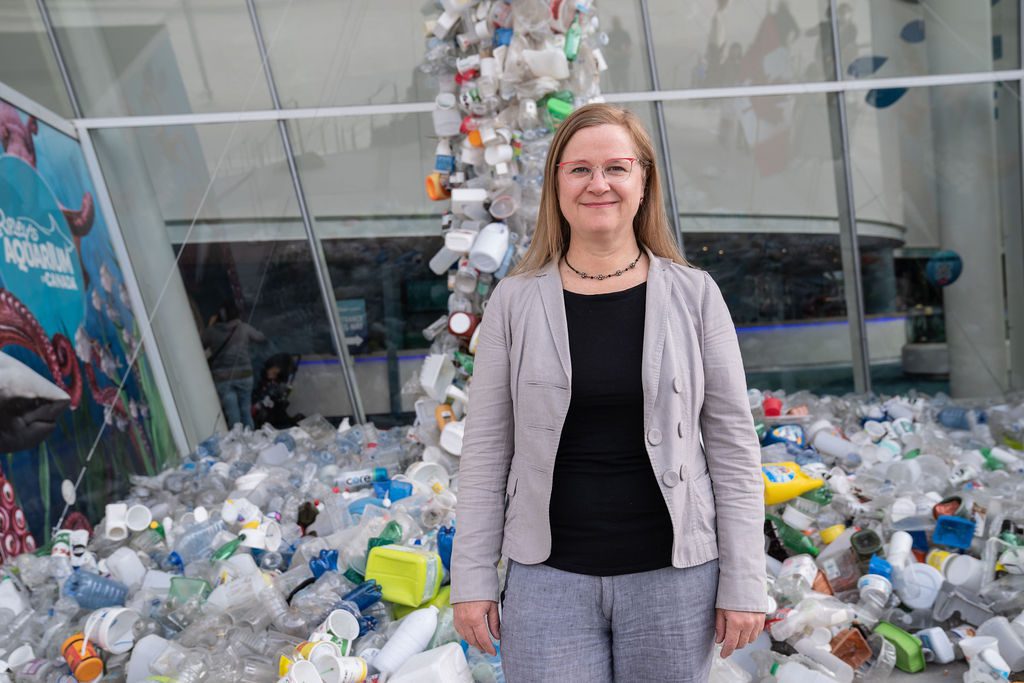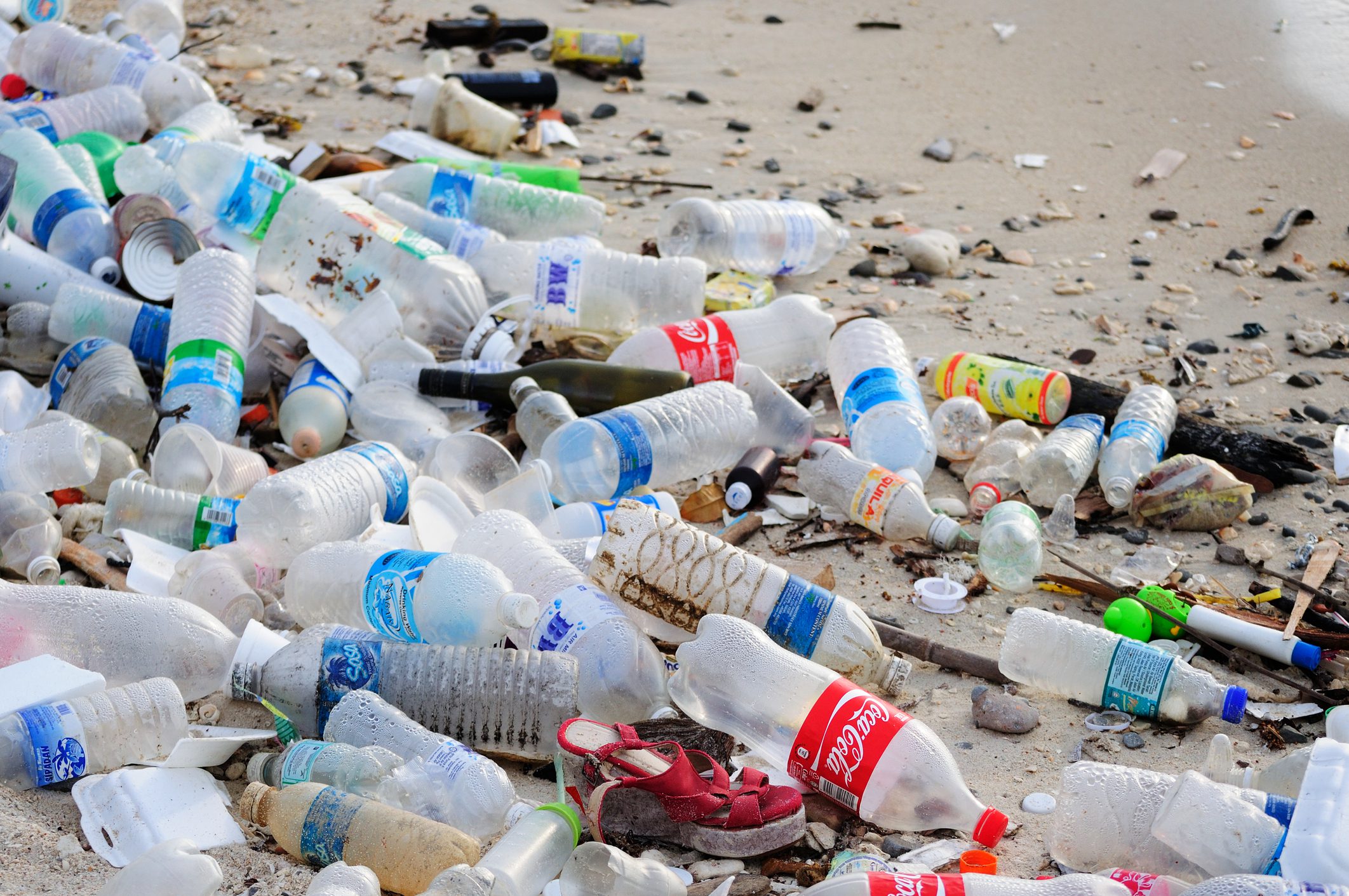Co-written by Karen Wirsig, Plastics Program Manager
As we explained in Part 1 of this Plastic Free July series, the Great Lakes have a higher concentration of plastic pollution than the ocean garbage patches. With more than 10,000 tonnes of plastic waste dumped in the Lakes each year, these once pristine waters have become garbage dumps for human-made chemicals.
And while you may want to blame this on litterers, it’s not individual carelessness that’s filling the Lakes with plastic garbage. It’s the incessant overproduction being forced on us by the plastics industry.
The pollution that’s harder to see
A 2021 study found that all fish samples taken from Lake Ontario contain microplastics. Take the fish pulled out of the Hamilton Harbour at the west end of Lake Ontario in 2015, for example. It was found to contain 915 microplastic particles – a sad world record. Microplastics can obstruct animals’ digestive tracts and absorb, then trap, toxic chemicals and even cause deformities. When these plastics make their way into aquatic life such as fish, they can then make their way up the food chain into humans.
Many of these microplastic particles are too small to notice when you’re standing at the water’s edge or taking a swim. And while some of them are formed when larger plastics such as containers and bottles break down via sun, heat, wind, and wave action, much of the microplastic pollution in the Lakes is from clothing, textiles and straight from the plastics industry itself.
One scientist found plastic pellets–the tiny beads of plastic used to manufacture everyday plastic products and packaging–on 42 of the 66 Great Lakes beaches she visited in 2018. The highest concentration of pellets was found on Lake Huron’s Baxter Beach in Sarnia, Ontario – unsurprisingly, right next to the province’s biggest plastic producers, Imperial Oil and Nova Chemicals.
And then there are nanoplastics. At less than a micrometer in size, these fragments are even smaller than microplastics. You can only see them through a microscope, but that doesn’t mean they’re not there and not causing damage to our ecosystems and our health. Early research has shown that nanoplastics are even more toxic than microplastics due to their smaller size and ability to be easily absorbed into the bodies of animals and humans. This dangerous form of plastic pollution requires urgent action from industry and government.
Microplastics and nanoplastics are also showing up in drinking water samples and it’s not yet clear how serious this is for our health. Bottled water is no solution– it contains twice the number of microplastics of tap water, not to mention plastic bottles only contribute to the growing plastic pollution crisis.


The truth is that the plastic cups, bags and straws you find on beaches are just the tip of the iceberg. The real cause of plastic pollution in the Great Lakes, and around the world, is the ever-increasing production of plastics. They’re in almost everything we buy and use every day. Every single stage of plastic’s life cycle–from when it’s made, to transported, and ultimately used and thrown away–causes pollution that gets into our rivers, streams, lakes and oceans. Even if it happens to get recycled!
But don’t despair … there are solutions!
We need real limits on plastic production and use. The federal government has made an important start by banning six types of single-use plastic that are commonly found littered and are not recycled: straws, stir sticks, checkout bags, cutlery, six-pack rings and some takeout containers. Those bans alone won’t solve the problem, though. And that’s why we’re calling on the government to #ExpandTheBans.
Take Action: Tell the government to step up action on plastic pollution
The government must expand the ban on single use plastics, but they also need to require – and support – reusable containers and products to replace single-use plastics.
And we also need to prevent plastic pellets used for manufacturing from ending up in the Great Lakes. There are currently no rules to address these pellets and we can’t keep allowing the industry to set standards for itself.
A bill called the Plastic Pellet Free Waters Act was introduced in the US Congress in May that would require regulations to prohibit the release of plastic pellets into waterways, storm drains, or sewers from facilities that make, use, package, or transport plastic pellets or other pre-production plastic materials. Canada should follow suit and has the power to do so, since plastic manufactured items are listed as toxic under CEPA.
This Plastic Free July, we’re calling on the federal government to keep up the fight against plastic pollution by moving quickly to:
- Ban more harmful single-use plastics
- Support reusable packaging as the best alternative
- Protect our rivers, lakes and oceans from plastic manufacturing pellets.








